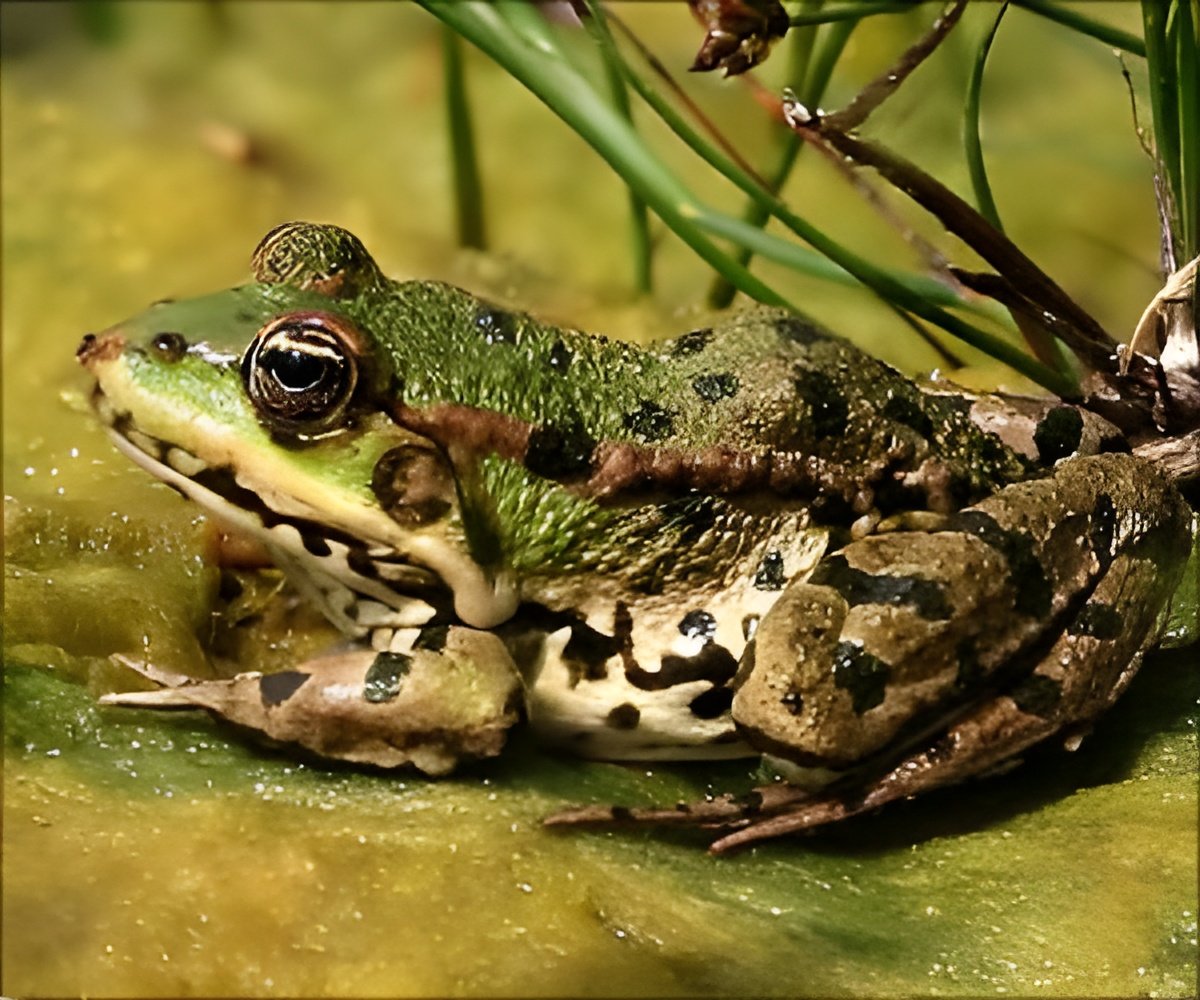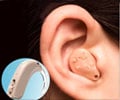Gardiner's frogs from the Seychelles islands is one of the smallest frogs in the world. They do not possess a middle ear with an eardrum yet can croak themselves, and hear other frogs.

The way sound is heard is common to many lineages of animals and appeared during the Triassic age (200-250 million years ago). Although the auditory systems of the four-legged animals have undergone many changes since, they have in common the middle ear with eardrum and ossicles, which emerged independently in the major lineages. On the other hand, some animals notably most frogs, do not possess an outer ear like humans, but a middle ear with an eardrum located directly on the surface of the head. Incoming sound waves make the eardrum vibrate, and the eardrum delivers these vibrations using the ossicles to the inner ear where hair cells translate them into electric signals sent to the brain. Is it possible to detect sound in the brain without a middle ear? The answer is no because 99.9% of a sound wave reaching an animal is reflected at the surface of its skin.
Source-Eurekalert
 MEDINDIA
MEDINDIA




 Email
Email










